When it comes to feeding a Vizsla, one of the most athletic and high-energy dog breeds, it’s not just about the quantity of the food but also about the quality and the balance of nutrients. A Vizsla’s diet should cater to their energetic lifestyle and should be adjusted for their life stage, whether they are a puppy, an adult, or a senior dog. Given the high activity levels of Vizslas, they generally require more calories than many other breeds. However, the amount of food will vary depending on the calorie content and your dog’s individual needs, such as age, metabolism, and activity level.
1. Nutritional Requirements of Vizslas
Vizslas are medium to large-sized dogs that possess a lot of energy and therefore have significant nutritional requirements to maintain their health and vitality. A diet rich in proteins and fats, with moderate carbohydrates, is usually ideal for supporting their active lifestyle.
2. Understanding Caloric Needs
On average, an adult Vizsla requires between 1,500 to 2,200 calories per day, depending on their activity level. Highly active and working Vizslas may need more calories, whereas older, more sedentary dogs will require fewer.
3. Puppy Feeding Considerations
Vizsla puppies, from weaning until about 6 months old, should be fed a puppy formula that is more calorie-dense to support their growth. They generally need to be fed three to four times a day.
4. Adult Vizsla Feeding Guidelines
As your Vizsla transitions to adulthood, the feeding frequency should be adjusted to twice a day. The amount will vary, but on average, adult Vizslas consume 2 to 3 cups of dry dog food per day.
5. Senior Vizsla Dietary Adjustments
Older Vizslas may require fewer calories if their activity level decreases. However, their food should still be nutrient-rich, with adequate protein to maintain muscle mass and joint health supplements.
6. The Impact of Spaying/Neutering on Diet
Spaying or neutering can slow a dog’s metabolism. Post-spaying/neutering, a Vizsla might require fewer calories and may need a diet adjustment to prevent weight gain.
7. Measuring Food Portions
Using a standard measuring cup for dry food is vital to ensure you are feeding the correct amount. Adjustments should be made based on the dog’s body condition and vet recommendations.
8. Choosing Between Dry, Wet, or Raw Food
The choice of dry kibble, wet food, or a raw diet will impact the volume of food your Vizsla will eat. Dry food is more calorie-dense, while wet food can be beneficial for hydration.
9. Reading Dog Food Labels
Understanding dog food labels will help you determine the number of calories per serving, which is critical for figuring out how much to feed your Vizsla.
10. The Role of Exercise in Feeding
Active Vizslas require more food. It is essential to balance calorie intake with the amount of daily exercise your dog gets.
11. Health Conditions Affecting Diet
Certain health conditions may require dietary adjustments. Consult with a veterinarian if your Vizsla has health issues that affect food choices and portion sizes.
12. Treats and Extras
Treats should be included in the total daily calorie count and should not exceed 10% of the total dietary intake to prevent obesity.
13. Cost of Feeding a Vizsla
The monthly cost of feeding a Vizsla can vary greatly based on the type of food (premium, raw, or budget-friendly options) and the amount required. On average, the cost can range from $40 to over $100 per month.
Our 5 Top Foods for Vizslas
The diets were selected by our founder Justin Palmer, a certified canine nutrition expert, specifically with Vizslas in mind:
Conclusion
Feeding a Vizsla appropriately is a balancing act that requires understanding their unique energy needs and nutritional requirements. By choosing a diet tailored to their life stage, considering their health status, and adjusting for their activity level, you can ensure your Vizsla thrives. Although the cost of feeding a Vizsla can be considerable, investing in a high-quality diet is a crucial part of maintaining their health and can prevent expensive health issues in the future.
Frequently Asked Questions About Feeding a Vizsla

1. How much should I feed my adult Vizsla each day?
Adult Vizslas typically require about 2 to 3 cups of dry dog food per day, split between two meals. This will vary depending on their size, age, and activity level. Always start with the feeding guidelines on your dog food’s label and adjust from there based on your dog’s condition and energy needs.
2. What kind of diet is best for a Vizsla?
A balanced diet rich in high-quality proteins and fats with limited fillers is best for Vizsla to support their active lifestyle. Many owners opt for performance or active breed formulas that cater to dogs with higher energy demands. Always choose a diet that is appropriate for your dog’s specific life stage.
3. Can Vizslas have grain-free diets?
Yes, Vizslas can have grain-free diets, especially if they have specific grain allergies or sensitivities. However, it’s important to ensure that the diet is well-balanced and meets all their nutritional needs. Consult your vet before switching to a grain-free diet as recent studies have suggested a link between grain-free foods and heart issues in dogs.
4. How often should I feed my Vizsla puppy?
Vizsla puppies should be fed three to four times a day with a puppy-specific formula that supports their rapid growth. This frequent feeding should continue until they are about six months old, after which you can gradually transition to two meals a day.
5. Are there any human foods that are dangerous for my Vizsla?
Yes, there are several human foods that are dangerous for Vizslas and all dogs, including chocolate, grapes, raisins, onions, garlic, xylitol (often found in sugar-free gum), and alcohol. Always keep these foods out of your dog’s reach and stick to a diet made specifically for dogs.
6. What should I do if my Vizsla is a picky eater?
If your Vizsla is a picky eater, try to enhance the food’s taste by adding a topper such as a small amount of wet food, chicken broth, or a sprinkle of shredded chicken. Also, make sure to establish and stick to a regular feeding routine, as this can help encourage your dog to eat.
7. How can I tell if I’m feeding my Vizsla the right amount of food?
Monitor your Vizsla’s weight and body condition closely. You should be able to feel their ribs but not see them, and they should have a visible waist when looking from above. If you’re unsure about their condition, consult your veterinarian for advice.
8. Is it okay to free-feed my Vizsla?
Free-feeding, or leaving food out all the time, is not recommended for Vizslas as they can overeat and become overweight. It’s best to stick to scheduled meals twice a day for adult dogs to manage their weight and digestion.
9. How should I transition my Vizsla to a new type of food?
Transition your Vizsla to new food gradually over a period of 7-10 days by mixing the new food with the old, gradually increasing the amount of the new food while decreasing the old. This helps prevent digestive upset and allows your dog’s digestive system to adjust.
10. How much water should my Vizsla drink each day?
A Vizsla should have constant access to clean, fresh water. The amount they drink can vary, but a general rule is that dogs should drink about an ounce of water per pound of body weight each day. Keep an eye on your dog’s water intake and provide more after exercise and on hot days.
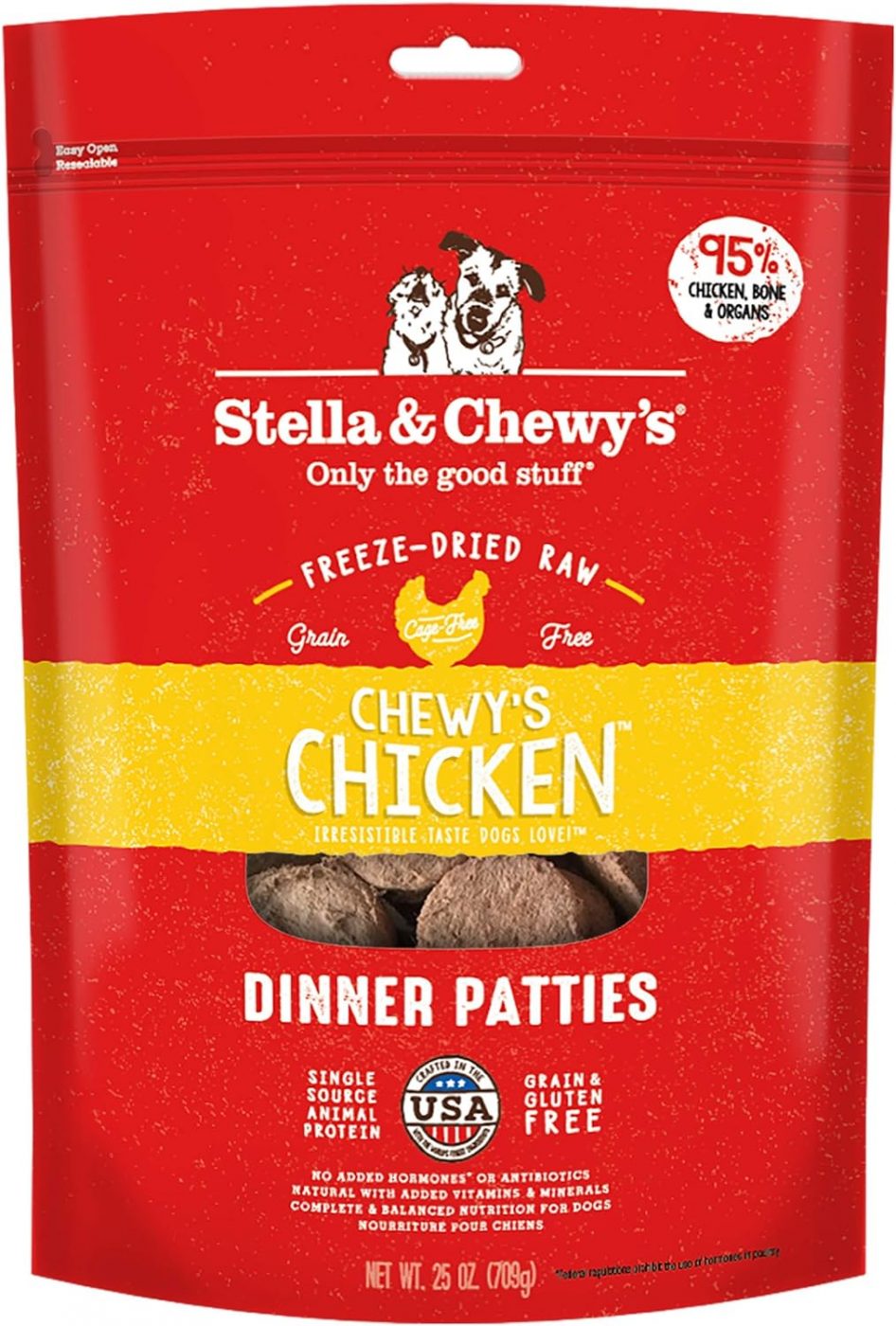
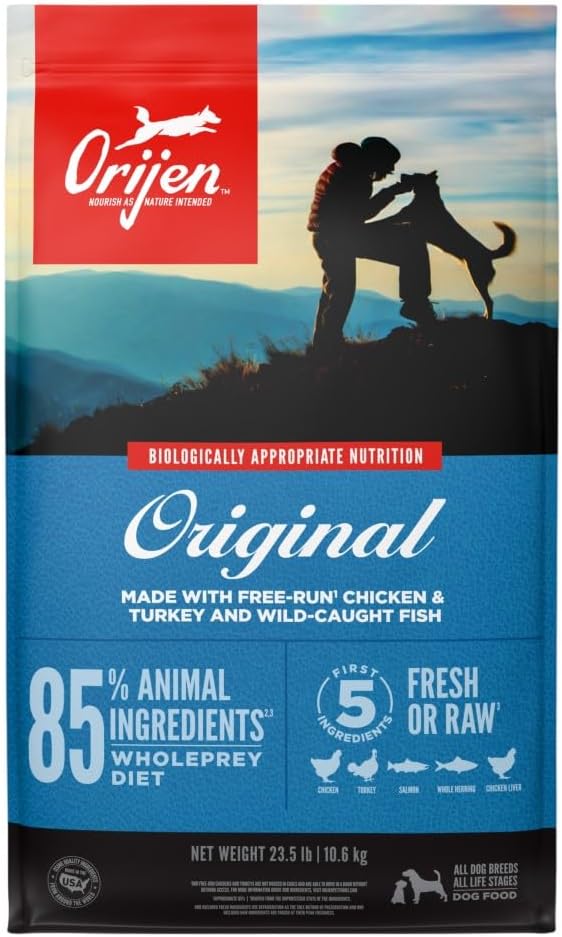
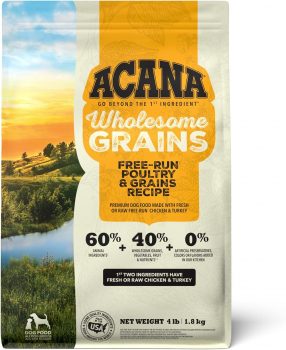
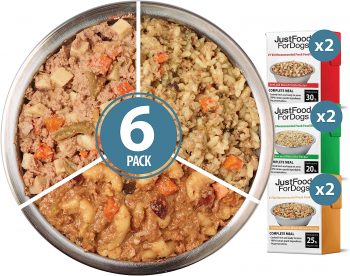
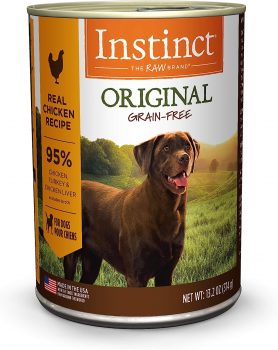
 Toledo, United States.
Toledo, United States.